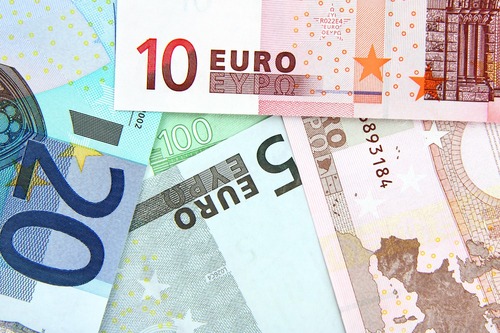Saisie de faux billets : une baisse de plus de 17 %
En 2020, 460 000 faux billets, dont 220 000 au cours du deuxième semestre, ont été retirés de la circulation, soit une baisse de 17,7 % par rapport à 2019. Il s’agit du niveau le plus bas jamais enregistré, au regard du nombre de coupures en circulation.
Les deux tiers de ces contrefaçons étaient des billets de 20 et de 50 euros, et 94,5 % de ces fausses coupures ont été saisies dans des pays de la zone euro, contre 2,8 % dans des pays membres de l’Union européenne hors zone euro, et 2,7 % dans d’autres régions du monde.
Pour 1 million de billets authentiques, seuls 17 étaient, en 2020, des contrefaçons, ce qui représente un risque très faible de recevoir un faux billet. 25 milliards de billets authentiques étaient en circulation en 2020.
La Banque Centrale Européenne rappelle les recommandations en vigueur pour identifier un faux billet, basées sur la technique dite du « toucher, regarder, incliner ».
Les principaux éléments à vérifier sont indiqués sur le site de la Banque de Franc. Il s’agit notamment :
- du craquant du billet,
- de l’impression en relief au recto,
- de la pastille holographique,
- de l’encre à la couleur changeante utilisée pour indiquer la valeur du billet.
Renforcement des dispositifs de sécurité et recul de l’utilisation du cash
Plusieurs éléments peuvent expliquer ce nombre historiquement bas de faux billets saisis. Tout d’abord, les dispositifs de sécurité ont été renforcés, rendant la tâche plus complexe pour les fabricants de contrefaçons.
Les derniers billets à avoir été renouvelés pour disposer de cette sécurité renforcée ont été, en 2019, les billets de 100 et de 200 euros. Les seuls dont l’émission n’a pas été renouvelée sont les billets de 500 euros, conformément à une décision prise en 2016, pour lutter contre le terrorisme et le grand banditisme, qui y avaient largement recours.
Les nouveaux billets de 100 et 200 euros, correspondant à la série « Europe », disposent de plusieurs éléments nouveaux permettant de renforcer leur sécurité. Par exemple, le portrait d’Europe, figure de la mythologie grecque, est intégré dans l’hologramme et devient visible sur les deux faces lorsque le billet est regardé par transparence.
Une série de petites lignes, sur les bords droits et gauches des billets, est imprimée en relief et l’encre de la valeur change de couleur lorsque la coupure est inclinée.
Autre raison pouvant expliquer ce nombre historiquement bas de faux billets saisis : le recul de l’utilisation de l’argent liquide, une tendance accentuée par la pandémie de Covid-19 et l’essor du paiement sans contact, recommandé par les autorités sanitaires pour diminuer les risques de transmission du virus.
